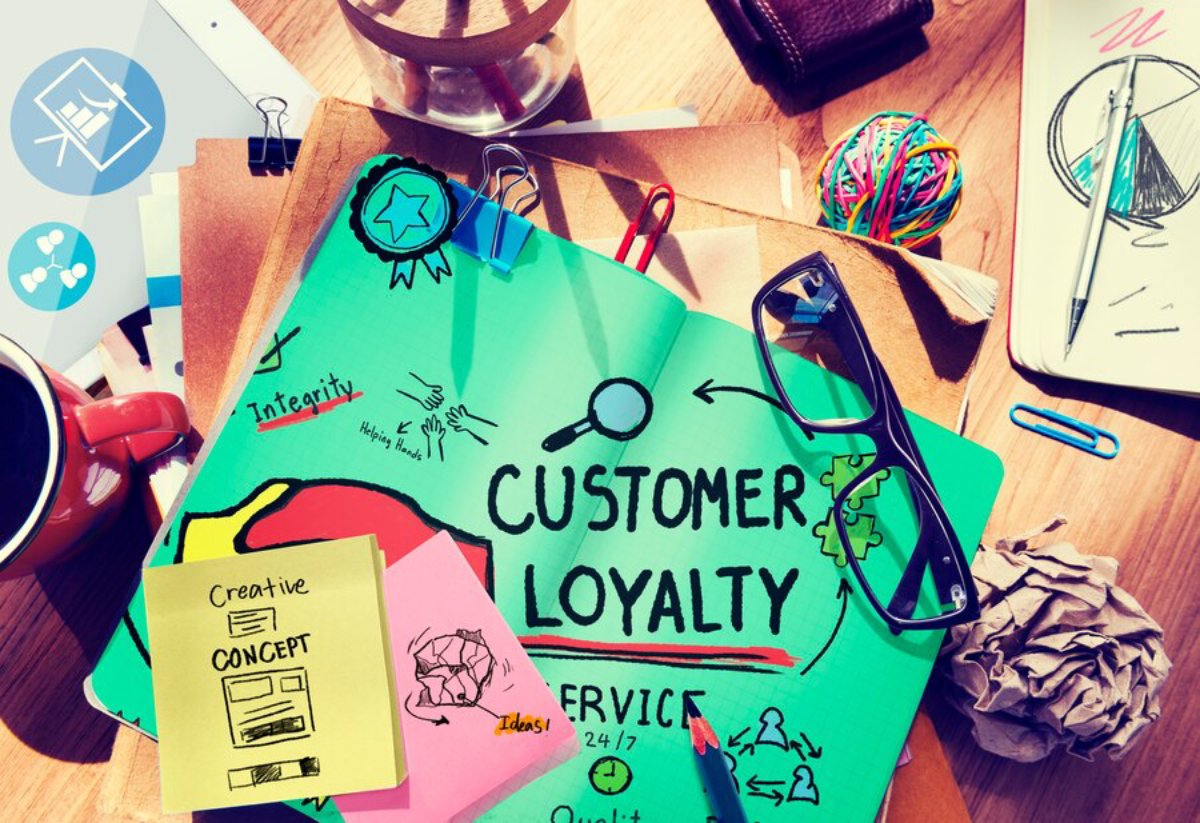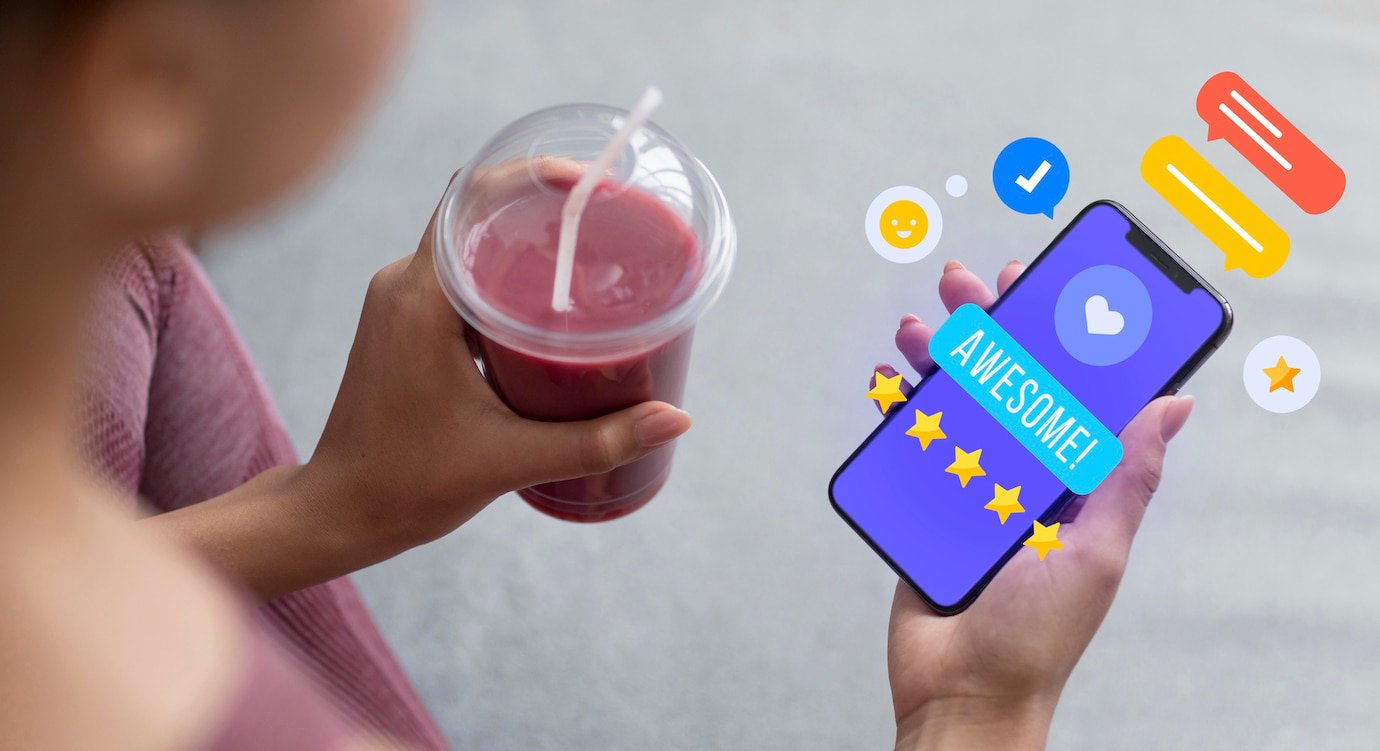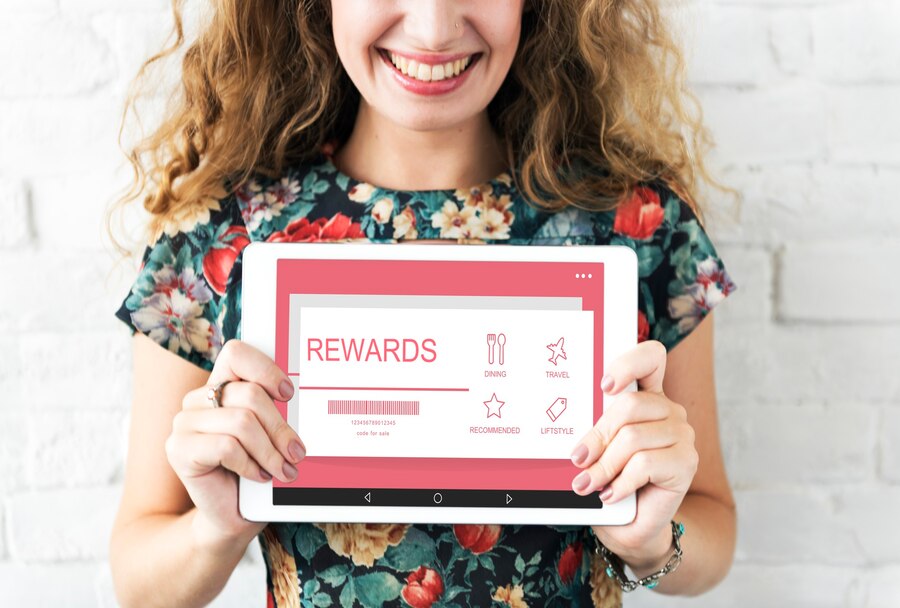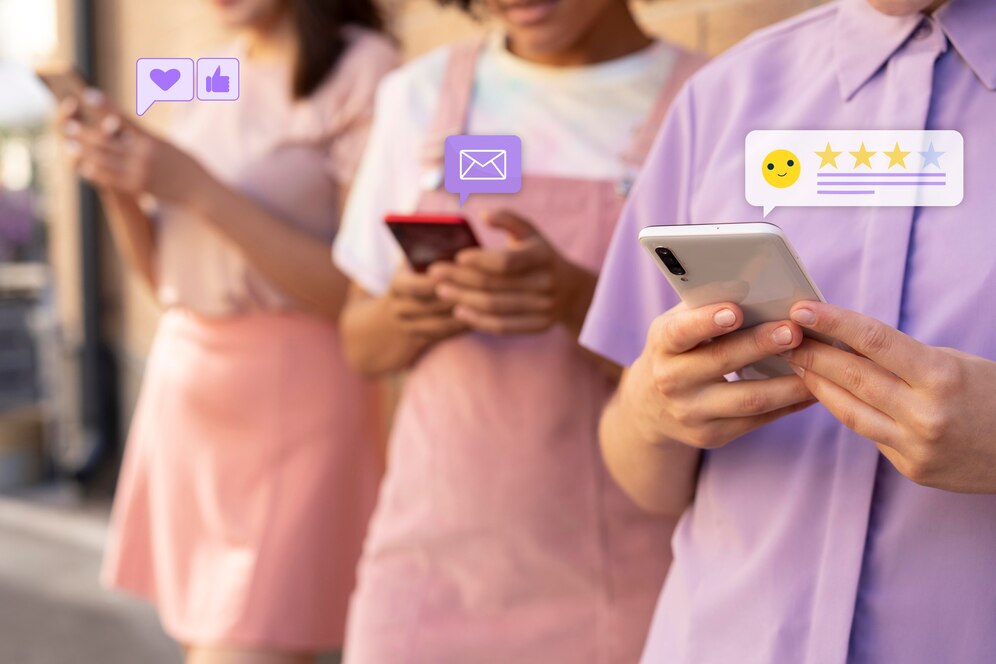
Loyalty Programs That Actually Work: Best Practices
In today’s competitive retail landscape, customer loyalty programs have become essential tools for retaining repeat shoppers and boosting long-term revenue. Not all rewards programs work well. Some fail because they lack personalisation, have complicated structures, or offer weak incentives. To ensure success, businesses must implement strategic and customer-centric loyalty programs that truly engage shoppers.
This guide looks at the main parts of successful rewards programs. It covers best practices for creating loyalty systems. Also, it explains how businesses can use technology to boost engagement and keep customers.
Why Customer Loyalty Programs Matter
1. Increased Customer Retention
- Acquiring a new customer costs 5X more than retaining an existing one.
- Loyal customers spend 67% more than first-time buyers.
- Businesses with effective loyalty programs see higher repeat purchase rates.
2. Higher Customer Lifetime Value (CLV)
- Retaining repeat shoppers increases long-term revenue and profitability.
- Personalised rewards encourage customers to spend more over time.
- Recurring engagement strengthens the customer-brand relationship.
3. Brand Advocacy & Word-of-Mouth Marketing
- Satisfied loyalty members are more likely to refer friends and family.
- Referral-based loyalty programs can expand customer reach significantly.
- Positive reviews and testimonials from loyal customers enhance credibility.
4. Valuable Customer Data & Insights
- Loyalty programs provide behavioural insights that help refine marketing strategies.
- Businesses can track purchase trends and personalise offers accordingly.
- Data-driven strategies allow for targeted promotions and optimised customer experiences.
Types of Loyalty Programs

1. Points-Based Loyalty Programs
- Customers earn points for every purchase and redeem them for rewards.
- Examples: Sephora Beauty Insider and Starbucks Rewards.
- Ideal for brands with frequent, repeat transactions.
2. Tiered Loyalty Programs
- Customers unlock higher reward levels as they spend more.
- Encourages higher spending and brand engagement.
- Examples: Marriott Bonvoy, Delta SkyMiles.
3. Paid Membership & Subscription Programs
- Customers pay a fee to access exclusive benefits and rewards.
- Examples: Amazon Prime, Walmart+.
- Works best for brands offering ongoing perks and premium services.
4. Cashback & Rebate Programs
- Customers earn a percentage of their purchase back as store credit or cash.
- Examples: Rakuten, American Express Membership Rewards.
- Encourages repeat purchases and long-term loyalty.
5. Gamified & Engagement-Based Loyalty Programs
- Customers earn rewards through interactive challenges, quizzes, or social engagement.
- Examples: Nike Run Club, Duolingo Streaks.
- Enhances engagement beyond purchases, fostering deeper brand connection.
Key Elements of a Successful Rewards Program

1. Simplicity & Ease of Use
- Avoid complex point systems that confuse customers.
- Ensure rewards are easy to understand, earn, and redeem.
- Provide clear instructions on how to participate and track progress.
2. Personalization & Customization
- Use AI and data analytics to offer personalised rewards.
- Allow customers to choose between different reward types (discounts, exclusive access, free gifts, etc.).
- Send tailored promotions based on shopping behaviour and preferences.
3. Multi-Channel Accessibility
- Ensure customers can access the program via mobile apps, websites, and in-store.
- Implement omnichannel engagement to create seamless shopping experiences.
- Enable in-store staff to assist customers with loyalty program enrollment and redemptions.
4. Tiers & Exclusive Membership Benefits
- Introduce tiered programs (e.g., Silver, Gold, Platinum) to incentivise higher spending.
- Offer exclusive perks to VIP customers, such as early access to sales.
- Implement surprise-and-delight rewards to enhance engagement.
5. Gamification & Social Engagement
- Use gamification techniques like challenges, badges, and leaderboards to boost engagement.
- Encourage social sharing and referrals to grow program participation.
- Reward customers for reviews, social media mentions, and community participation.
6. Seamless Integration with Payments & Checkout
- Allow points redemption at checkout for a frictionless experience.
- Implement digital wallets and one-click loyalty rewards for mobile transactions.
- Enable loyalty card scanning through smartphone apps.
7. Sustainability & Ethical Incentives
- Offer eco-friendly rewards, such as carbon offset donations or charity contributions.
- Attract conscious consumers with sustainable loyalty options.
- Provide incentives for customers who opt for environmentally friendly packaging.
Best Practices for Implementing an Effective Loyalty Program
1. Define Clear Objectives
- Determine whether the goal is customer retention, higher CLV, or increased engagement.
- Align program incentives with overall business strategy.
2. Make It Worthwhile
- Ensure rewards provide real value to customers.
- Offer a mix of monetary and experiential perks.
- Ensure redemption rates are achievable to maintain customer interest.
3. Promote the Loyalty Program Effectively
- Market the program through email campaigns, social media, and in-store signage.
- Use influencer partnerships and referral bonuses to drive sign-ups.
- Offer limited-time enrollment bonuses to attract new members.
4. Track Performance & Optimize Continuously
- Monitor program metrics such as redemption rates, repeat purchases, and engagement levels.
- Adjust rewards and incentives based on data-driven insights.
- Conduct customer surveys to measure satisfaction and make necessary improvements.
Future Trends in Customer Loyalty Programs

1. AI-Powered Personalization
- AI will enhance hyper-personalized loyalty experiences.
- Predictive analytics will suggest rewards tailored to individual shopping behaviours.
- Chatbots and virtual assistants will provide real-time loyalty support.
2. Blockchain & Decentralized Rewards
- Blockchain will provide secure, transparent loyalty transactions.
- Token-based rewards will allow cross-brand redemption.
- Smart contracts will automate loyalty program management securely.
3. Subscription-Based Loyalty Programs
- Brands will introduce paid membership tiers with exclusive benefits (e.g., Amazon Prime).
- Subscription models will enhance retention through recurring engagement.
- Personalised membership tiers will drive increased customer spending.
4. Voice & Mobile-First Loyalty Engagement
- Smart voice assistants (Alexa, Google Assistant) will integrate with loyalty programs.
- Mobile-first strategies will dominate, with instant app-based rewards and QR code scanning.
- SMS-based loyalty reminders will increase engagement rates.
5. Sustainability-Focused Loyalty Programs
- Consumers will favour brands that offer eco-conscious rewards.
- Companies will incentivise customers to return used products for recycling.
- Loyalty programs will integrate carbon footprint tracking for environmentally conscious shoppers.
Conclusion
A good customer loyalty program helps keep repeat shoppers coming back. It also builds long-term engagement with the brand. Businesses can build successful rewards programs that connect with consumers. They can do this by using personalized, multi-channel, and gamified loyalty strategies.
Brands must use AI, blockchain, and digital engagement to keep up with changing loyalty trends. This helps improve their programs. Investing in a customer-focused approach boosts retention. It has also turned customers into loyal brand advocates for years.


